Lab Ergonomics | Products & Equipment:
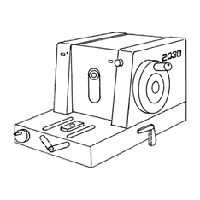
Microtome
→ Purchase an automatic microtome to replace manual unit
→ Reduce force when operating hand wheel
→ Adjust the feed wheel position to reduce stress
→ Use an external control unit like a front pedal instead of hand operated wheel
→ Apply padding to the edge of the work surface to eliminate sharp edges
→ Use motorized cutting
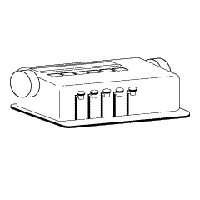
Cell Counters
→ Purchase an electronic differential tally counter to replace manual versions
→ Reduce the force needed to strike the manual counter
→ Apply padding to the edge of the work surface to eliminate sharp edges
→ Take frequent short breaks every hour to reduce fatigue
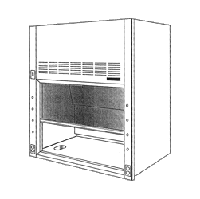
Biological Safety Cabinets
→ Position material as close as possible to avoid extended reaching. Perform work at least 6" back into the laboratory hood for safety reasons
→ Use a fully adjustable ergo-task chair or stool with built-in solid foot rest
→ Apply foam padding to the front edge of the hood/BSC (away from the downdraft) to reduce contact forces with the forearm and wrists.
→ Use an anti-fatigue mat if you will standing for long periods of time while working in hoods/BSCs.
→ Take short breaks to relieve forearm and wrist pressure caused by leaning on front edge of hoods/BSCs
→ Ensure there is proper lighting in the hood/BSC
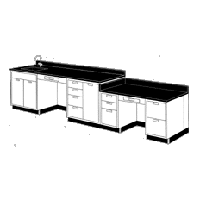
Lab Benches
→ Use a fully adjustable ergo-task chair or stool with built-in solid footrest
→ Remove drawers, supplies and other materials underneath workbenches to provide leg room
→ Use an anti-fatigue mat if you will standing for long periods of time while working at the laboratory workbench
→ Use an ergonomically designed footrest if your feet do not rest comfortably on the floor

Glove Box
→ Move all materials to be used for the experiment from the side chamber to the main chamber at one time to reduce the amount of side reaching
→ Use highly absorbent hand powder for glove comfort
→ Utilize job enlargement to avoid long continuous use of glove boxes
→ Use anti-fatigue mats for extended use of glove box
→ Take short breaks to perform stretches to relieve static loading from the shoulders
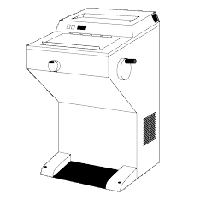
Cryostat Work
→ Purchase an automatic foot operated cryostat
→ Avoid placing utensils such as forceps inside of the cryostat. Forceps should be placed outside of cryostat when not being used. This will keep the utensils at room temperature and reduce cold exposure to the hands and fingers.
→ Use a fully adjustable ergo-task chair or stool with built-in footrest
→ Apply padding to the edge of the cryostat to reduce contact stresses
→ Take short breaks to perform stretches to relieve static loading from the shoulders
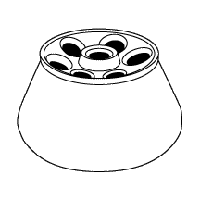
Centrifuge Rotors
→ Use a team approach to removing heavy centrifuge rotors. If the employee is small or not strong enough, use a second person to assist with lifting task
→ Design a harness, which would wrap around the rotor and attach to straps that would come up out of the centrifuge to the laboratory worker. With a strap on each side of the rotor, two workers could pull out the rotor in t h e centrifuge. This would reduce low back flexion and decrease the load by half
→ Make use of carts to transport rotors